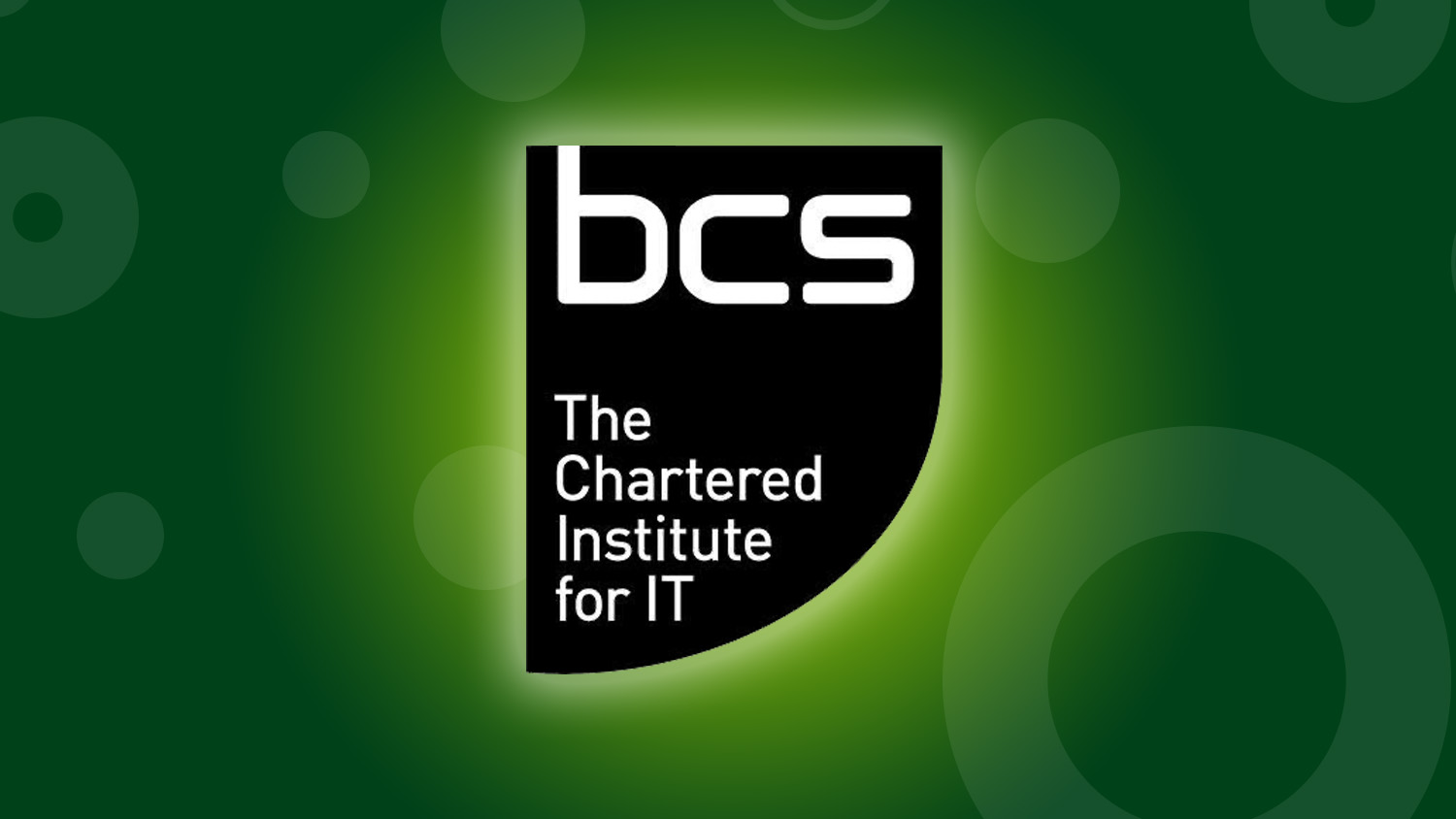How to use PESTLE analysis as a Technique for Strategy Analysis
PESTLE Analysis
As discussed in this article, both external and internal environments influence strategy. It is therefore important to analyze how an organization is affected by the external environment within which operates. The PESTLE technique can be used to do that.
Factors in the External Environment
Typically, the following items should be taken into account:
- Global and national economies as these affect the cost of credit, salaries and so forth, which will affect demand for our products
- Cost of our products, particularly where competition is high and there is a desire to move production to lower cost economies which in turn may affect supply and after sales support
- Change in customer lifestyles such as streaming films and music rather than buying DVDs and CDs
- Changes in technology such as the move towards high definition TV, flat screens and multi-purpose devices and
- New marketing approaches such as customer buying on-line rather than at a store.
There is a tool to help you structure this type of analysis: PESTLE, which stands for:
- Political influences
- Economic influences
- Sociocultural influences
- Technical influences
- Legal influences and
- Environmental influences.
When evaluating the environment, it is important not to think of PESTLE as a checklist. It is a set of tips that can help you identify key stakeholders, risks, and opportunities that may affect the strategy. For each domain of PESTLE, there are some questions that you can try to answer to gain insight into the external environment.
PESTLE Analysis Domains
Political influences
- What are the political influences on a local, national and international scale?
- Who are the key players?
- What is their attitude to the project?
- What are the political risks?
Economic influences
- What are the economic influences?
- Are interest rates likely to change?
- Is a recession likely?
- Are we coming out of a recession?
- How is the project being funded?
- Who is funding the project?
- What are the economic risks?
Sociocultural influences
- What are the social influences?
- What is the local attitude towards the project?
- Who are the key players in the local society?
- What risk does the project pose towards the local society?
Technical influences
- What are the technical influences?
- Is the project using leading edge technology?
- Is the technology likely to change?
- What risks does the technology pose?
- Who are the key players in this technical arena?
- What are their views?
Legal influences
- What are the legal influences?
- What aspects of Health and Safety Law apply?
- Do we need to consider:
- Employment regulations?
- Monopolies legislations?
- Restrictions on working hours?
- What are the relevant industry regulations?
- Is planning consent needed?
- Will a public enquiry/consultation be necessary?
Environmental influences
- What are the environmental influences?
- Are protected species likely to be found in the area?
- Is pollution an issue?
- Is noise a consideration?
- How will waste be handled?
- How will access be gained to project premises?
- Is the local geology likely to affect the project?
- What are sustainable procurement implications?
- Is green IT a consideration?
PESTLE analysis: conclusion
When using the PESTLE technique, it is important to recognise that we are looking for factors that fit two criteria: they are outside the sphere of influence of the organization, and they will have some level of impact upon it. This narrows down the scope of your analysis. A common error is to identify a potential course of action for the organization, rather than highlighting an external factor that will influence the orgnization. The external factors from this PESTLE analysis are used as the external factors in the SWOT analyses. From there on you can actually start formulating the strategy for the organization.
Practice the BCS Foundation Certificate in Business Analysis
Over here you can practice for the BCS exam. A free practice exam is available, and for less then $10,- you buy two full practice exams with 80 questions.







